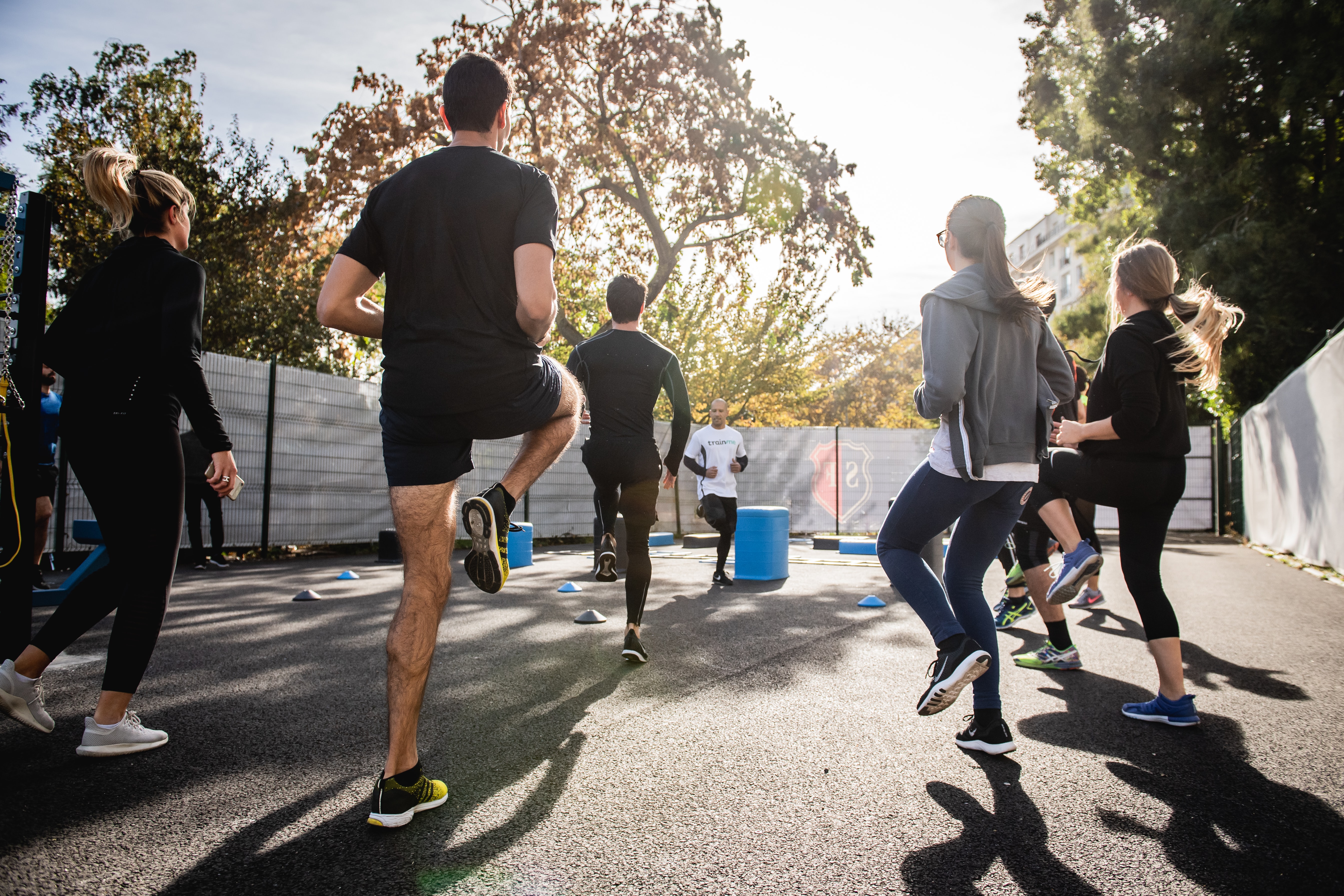 |
|
Certain forms of aerobic exercise can result in transient decreases in IOP while resistance exercises may cause unwanted IOP spikes. Photo: Gabin Vallet/Unsplash. |
Exercise has a number of health benefits and has been shown to protect against many health issues such as cardiovascular disease. According to a recently published review paper in Journal of Glaucoma, certain forms of exercise may be beneficial for glaucoma patients, too.
The comprehensive review of exercise and its effects on intraocular pressure included 16 studies. The researchers reported that moderately intense aerobic exercise led to transient IOP reductions while high-intensity resistance exercise and weight lifting led to transient IOP elevations. The studies cited in the literature review showed IOP reductions immediately after moderate exercise ranged from about 2mm Hg to 4mm Hg. High-intensity exercise, especially involving resistance training, generated transient IOP increases ranging from the 4mm Hg rise seen after squat exercises to IOP spikes of 26.5mm Hg (mean maximum IOP of 40.7mm Hg) after leg presses.
Mechanisms are unclear but the authors note that blood pressure, heart rate and adrenalin levels all significantly increase after exercise, and Schlemm’s canal area and trabecular meshwork thickness increase as well. These factors ebb in the cool down period after exercise.
The evidence in the literature also suggested that exercise and higher fitness levels may protect against glaucoma development, and that increased daily physical activity might be associated with decreased visual field progression. The literature review cites a Korean study from 2017 of 11,246 people aged 40 years or older, of whom 336 (44.7% women, 55.3% men) had a diagnosis of glaucoma. “People who exercised with vigorous intensity for at least 30 minutes three times a week had a higher prevalence of glaucoma compared to those who exercised with moderate intensity for at least 30 minutes five times a week (odds ratio 1.55),” the authors explained. Among those practicing vigorous exercise, those performing such activity seven days a week were three times more likely to have glaucoma than those who limited it to three days a week (OR 3.33).
“In clinical practice, it is important that patients with glaucoma can be appropriately advised as to what types of exercise are safe, and may even be beneficial, in the context of their condition,” the authors wrote in their paper. They concluded that “exercise may be a beneficial lifestyle modification in the management of glaucoma; however, further longitudinal studies are required to validate this.”
Gildea D, Doyle A, O’Connor J. The effect of exercise on intraocular pressure and glaucoma. J Glaucoma 2024. [Epub ahead of print]. |

